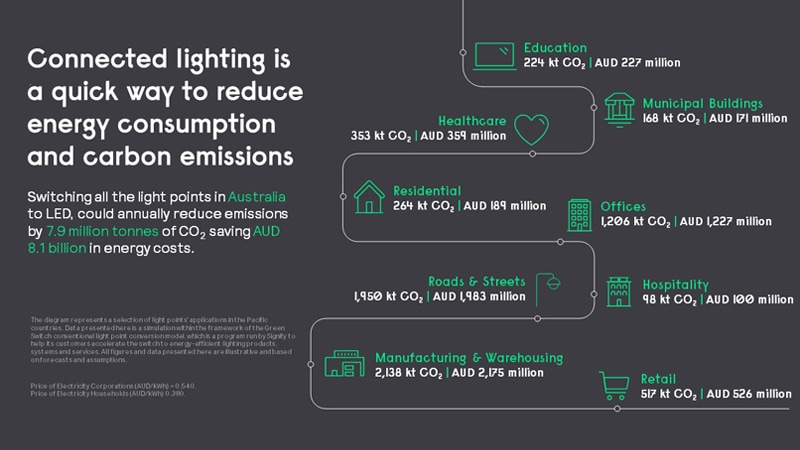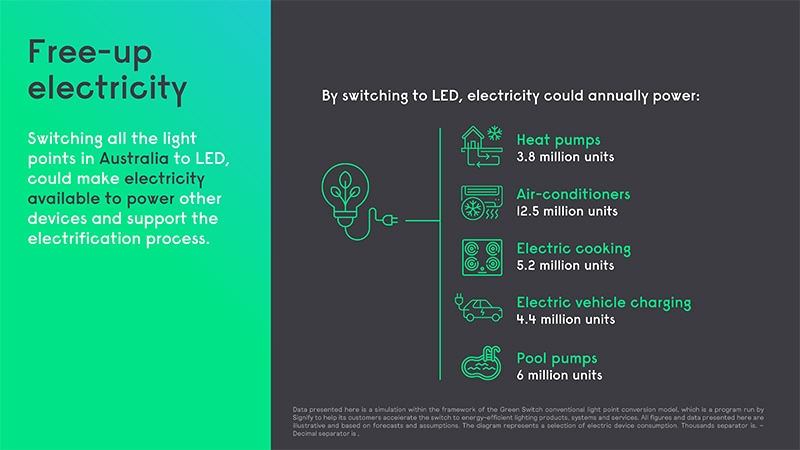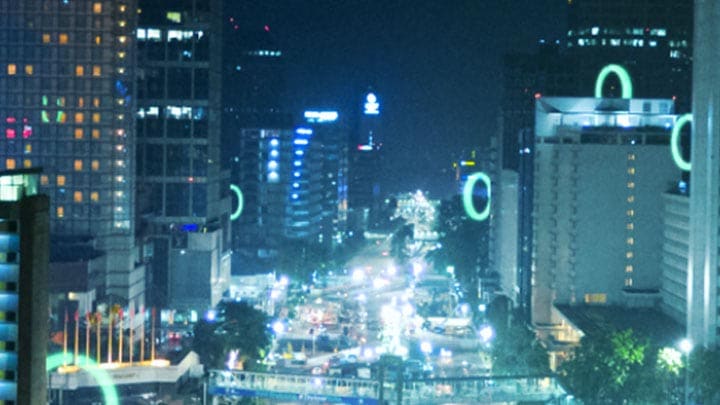2nd August, 2023
2nd August, 2023
In several ways, Australia is at the coalface of the climate crisis.
Australia’s coal industry plays an outsized role in the economy, employing 46,000 people and generating over 50% of the country’s electricity. The country is now dealing with the effects of this fossil fuel. Australia’s average temperature has increased by over 1.47°C since 1910, and extreme weather events—including wildfires, flooding, and drought—have all increased in recent decades.

Charting a way to net zero can be difficult even with consistent policy-making and high levels of investment. According to the Commonwealth Scientific and Industrial Research Organisation (CSIRO), energy production, residential and commercial fuel use, and transportation are among the biggest contributors to Australia’s overall greenhouse gas emissions. A good way forward in these sectors seems to be increasing energy-efficiency on both the supply and demand sides—using clean energy to power heat pumps and electric vehicles, for example. In practice, however, the steps required to proceed in this direction are not always clear. Where will all the extra electricity required come from?
Making lighting more energy-efficient should definitely be part of the answer. According to our own research and simulations,* roughly 50% of all light points in Australia are energy-inefficient incandescent and fluorescent. Switching these to connected LED could significantly impact both the country’s economy’s carbon footprint and its finances. Our internal modelling suggests that shifting all conventional light points in Australia to connected LED could save up to AUS$8.1 billion each year, while reducing CO2 emissions by an estimated 7.9 million tons annually, equivalent to the emissions saved by cancelling all cross-continent passenger flights between Melbourne and Sydney for the next 10 years.
Crucially, connected LED lighting frees up electricity that can then be used to power other resources. According to our own simulations, for example, the estimated energy saved by shifting all conventional light points to connected LED in Australia could power as much as 3.8 million heat pumps, 4.4 million electric vehicles, or 5.2 million electric cooking units each year.

Harry Verhaar
Head of Public & Government Affairs
Climate change has become ever-present in recent years, with Australia’s major towns and cities battered by constant flooding and engulfed by wildfires. An important part of any solution is to address the way people use and waste energy across the entire economy. Small but effective steps to help save energy through LED lighting and other connected technologies will free up electricity that can be used elsewhere while helping to reduce the carbon emissions driving extreme weather events.
Find out how you can make the Green Switch.
Discover other topic related blog podcasts, here.
Signify Global Media relations - Professional Lighting
Claire Phillips
Tel: +44 7956 489081
Email: claire.phillips@signify.com
Signify (Euronext: LIGHT) is the world leader in lighting for professionals, consumers and the Internet of Things. Our Philips products, Interact systems and data-enabled services, deliver business value and transform life in homes, buildings and public spaces. In 2023, we had sales of EUR 6.7 billion, approximately 32,000 employees and a presence in over 70 countries. We unlock the extraordinary potential of light for brighter lives and a better world. We have been in the Dow Jones Sustainability World Index since our IPO for seven consecutive years and have achieved the EcoVadis Platinum rating for four consecutive years, placing Signify in the top one percent of companies assessed. News from Signify can be found in the Newsroom, on X, LinkedIn and Instagram. Information for investors is located on the Investor Relations page.
